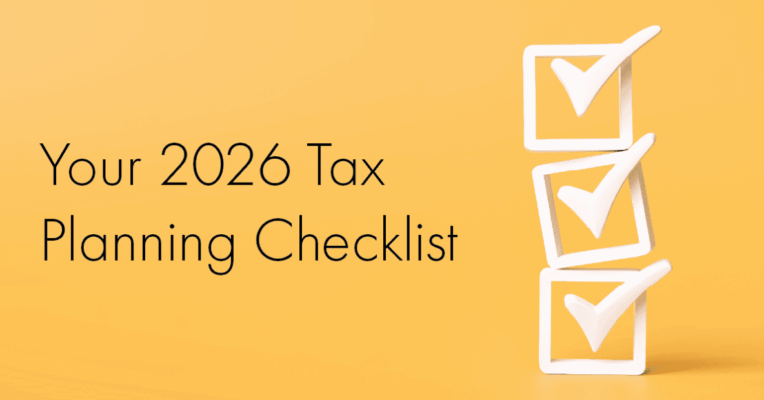Tax Optimization as Part of Your Investment Strategy
So,Taxes are inevitable, but paying more than necessary is avoidable. A diverse portfolio will protect you from the ups and downs of the market. But without proper tax optimization, taxes will silently erode your investment returns over time.
Understanding taxable events
When investing, you encounter several taxable events, each affecting your returns differently. Here are the most common:
- Capital Gains: When you sell an asset for more than you paid for it, you realize a capital gain, which is taxable. The gain is taxed at your regular income tax rate if you hold the asset for less than a year. Still, long-term capital gains (on assets held for more than a year) are taxed at a lower rate, typically 15-20%.
- Dividends: Depending on the dividend type, they may be taxed at ordinary income rates or at lower qualified dividend rates. High-income earners are often subject to an additional 3.8% Net Investment Income Tax (NIIT) on dividends and capital gains.
- Interest Income: Interest earned from bonds, savings accounts, or other fixed-income investments is taxed as ordinary income, which can push you into a higher tax bracket.
Common tax optimization strategies
Every time you profit, whether from selling a stock, receiving dividends, or earning interest, the IRS takes a cut. Over time, the effect of taxes can compound, limiting the potential growth of your investments. Here are some options to consider:
Tax-deferred accounts
One of the most effective ways to optimize taxes is to maximize contributions to tax-deferred accounts like 401(k)s, IRAs, and Health Savings Accounts (HSAs). Investments grow in these accounts without the immediate tax hit. Instead of paying taxes on gains each year, you only pay taxes when you withdraw funds (in the case of traditional accounts).
Tax-loss harvesting
Tax-loss harvesting involves selling investments that have declined in value to offset gains from other investments. Realizing these losses can lower your taxable income and reduce your capital gains taxes. The harvested losses can also be carried forward to future tax years, offering long-term benefits. If you have a stock that has performed poorly, selling it to offset the gains from a successful investment could help reduce your overall tax bill. A practical example would be if a large-cap stock fell 20% due to volatility, and you sold this (while at a loss) to lock in the loss. If you repurchased a similar (but not exactly the same) security in tandem with the sale, your portfolio would lock in the loss on paper while participating in the upside of the position upon recovery. The “banked” losses can then be used to offset future capital gains generated from activity in the portfolio.
Holding investments for long-term gains
Short-term capital gains (on assets held for less than a year) are taxed at higher rates than long-term gains. If you hold an investment for over a year, you’ll benefit from the lower long-term capital gains tax rate. For high-income earners, capital gains tax treatment can be beneficial. When comparing different tax lots you might hold of the same security, determining which tranches of the shares will be considered short versus long-term holdings ahead of making a sale.
Investing in tax-exempt municipal bonds
Municipal bonds are another tax-efficient investment option. The interest earned on these bonds is typically exempt from federal income tax and, in some cases, state and local taxes. While municipal bonds may offer lower returns than fixed-income investments, the tax advantages can make them an attractive option for high-income earners. Investing in “Muni” bonds can greatly reduce the burden of taxable dividends in a portfolio, especially for residents who live in areas where state income taxes can add a layer of taxation to consider.
Tax optimization enhances retirement planning
Tax optimization is especially crucial when planning for retirement. After all, the goal is to ensure you have enough to live comfortably without the burden of excessive taxes.
Tax-efficient withdrawal strategies
The order in which you withdraw from different accounts (tax-deferred, taxable, and tax-free) can significantly impact your tax liability. Routing withdrawals from taxable brokerage accounts first delays distributions from tax-deferred accounts like IRAs and 401(k). Delayed, that is, until the Required Minimum Distribution (RMD) age. Tax-deferred assets can remain untouched and invested over a longer timeframe for growth. Roth dollars are considered after tax, so these are typically the last funds ever spent from the plan. In years with low earnings, an individual can convert dollars from pre-tax accounts to after-tax holdings. This creates more long-term efficiency and growth opportunities over time. Converting traditional IRA or 401(k) funds to a Roth IRA allows you to pay taxes on the converted amount now in exchange for tax-free withdrawals later.
Tax optimization and estate planning
Gifting, charitable donations, and trusts can reduce the taxable value of your estate. Proper estate planning ensures that more of your wealth goes to your loved ones rather than the government. One significant tax advantage when passing on investments is the “step-up in basis.” This allows your heirs to reset the cost basis of inherited assets, potentially reducing the capital gains tax they would owe if they sell those assets. Simply put, assets received outright in the form of investments may step up cost basis to the date of death (or an alternative valuation later on in probate, if elected) to allow for a more tax-efficient sale of the holdings once received. This way, if you received funds directly from the passing of a loved one, you can likely divest from those positions without facing a steep tax bill.
Tax optimization is an essential part of any successful investment strategy. By incorporating tax-efficient tactics, you can reduce your tax liability, enhance your investment returns, and ensure your wealth grows.
The information contained in this document is provided for informational purposes only and should not be construed as individualized advice. For individualized advice, please consult with your adviser.





